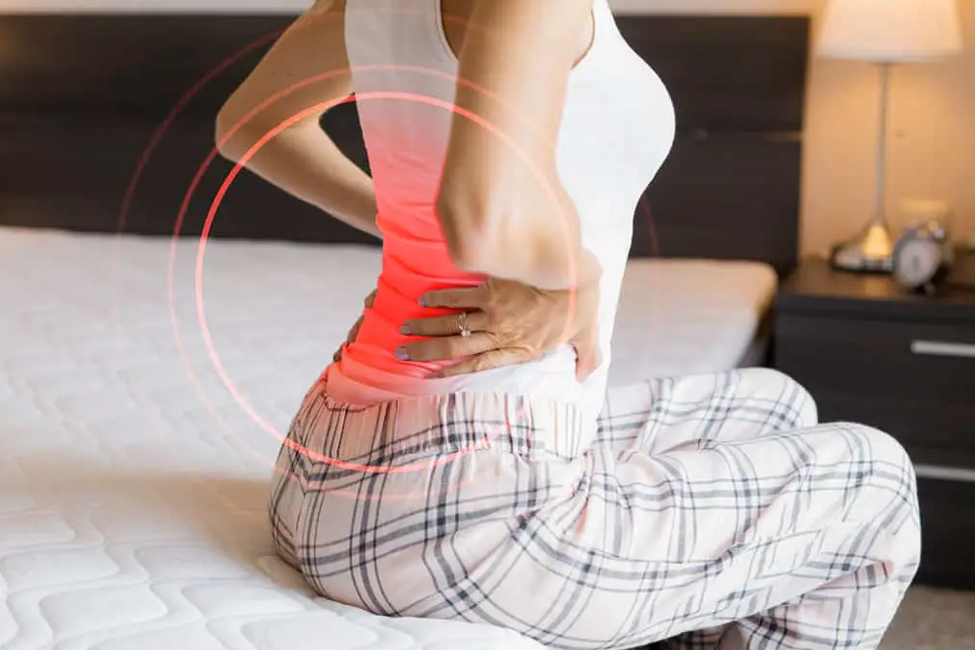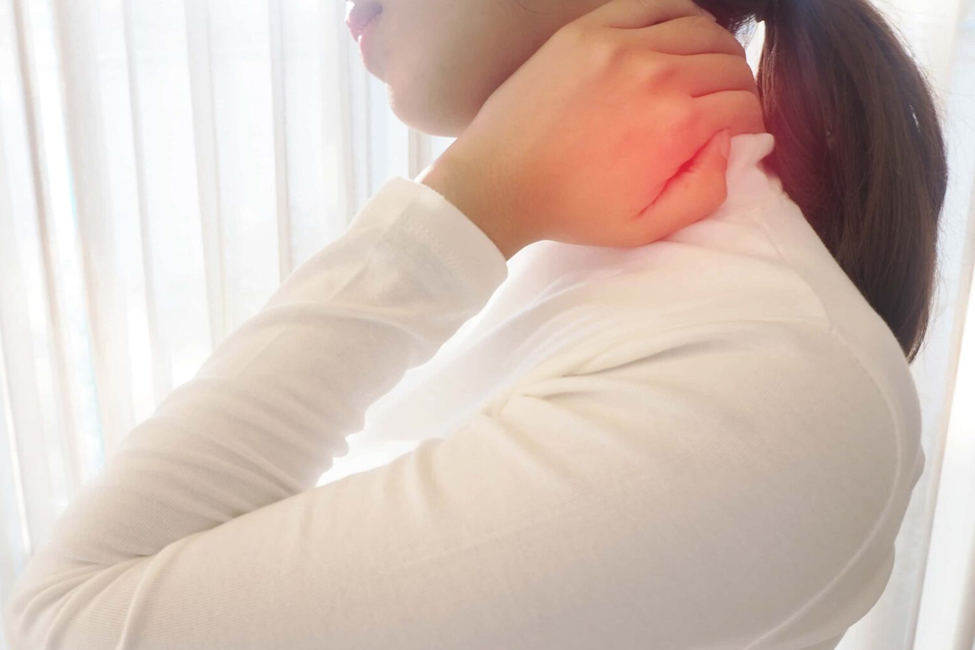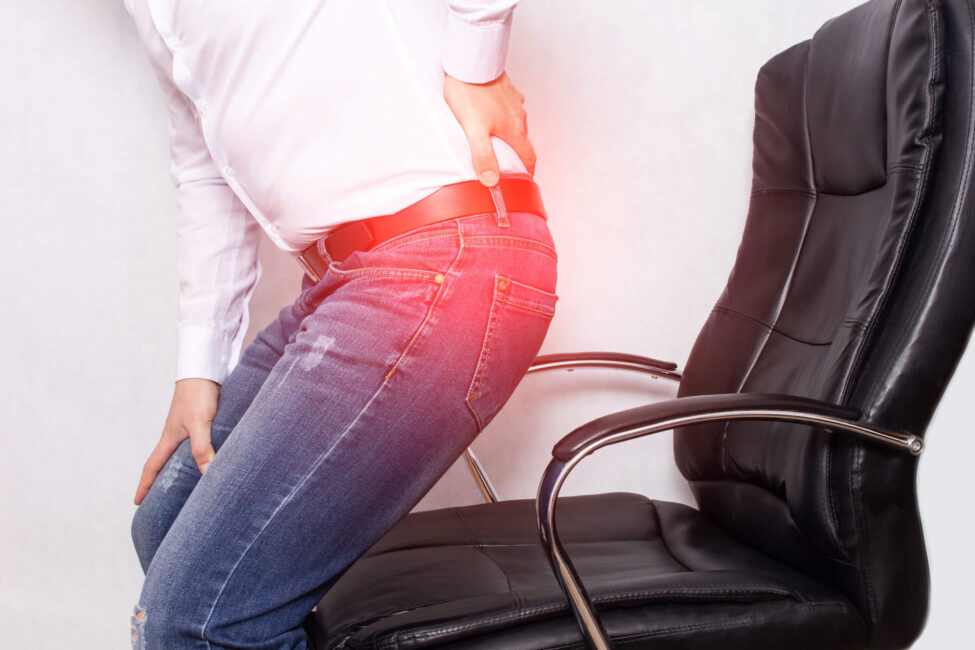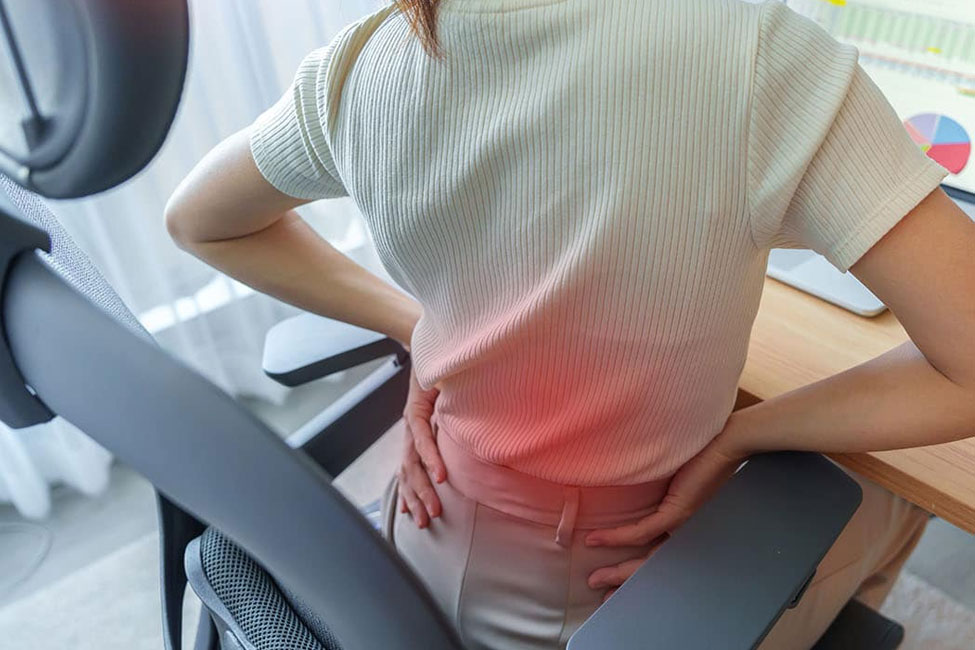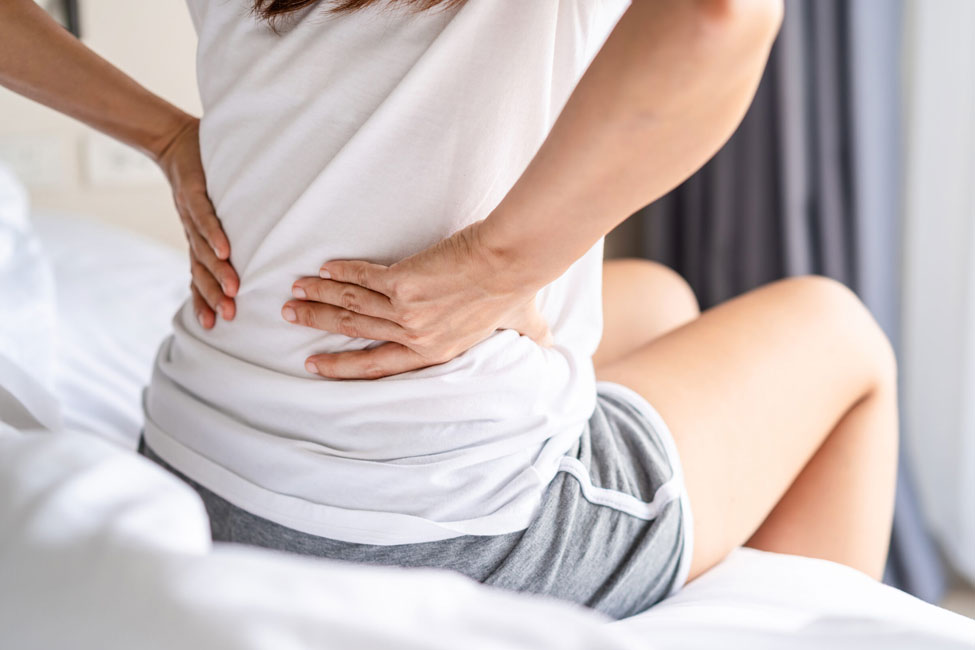Spinal Stenosis: Causes, Symptoms, Treatment, and Prevention
What is Spinal Stenosis?
Spinal stenosis is when the spinal canal narrows, placing pressure on the spinal cord or nerve roots, leading to symptoms like pain, numbness, or weakness in the back or legs.
Type of Spinal Stenosis
Two main types of spinal stenosis are:
- Lumbar Stenosis: Affects the lower back, causing symptoms in the legs.
- Cervical Stenosis: Affects the neck and can lead to symptoms in the arms or hands.
How Common is Spinal Stenosis?
Spinal stenosis is relatively common, particularly in older individuals, due to age-related changes in the spine. It can also occur due to conditions like osteoarthritis or spinal injuries.
Causes of Spinal Stenosis
Spinal stenosis can develop due to various factors, including:
- Osteoarthritis: This is the most common cause. Wear and tear on the spinal structures over time can lead to bone spurs and thickened ligaments, narrowing the spinal canal.
- Herniated Discs: When the soft, cushion-like discs between the vertebrae rupture or herniate, they may bulge into the spinal canal, putting pressure on the nerves.
- Trauma or Injuries: Accidents or injuries to the spine can dislocate the spine, causing stenosis.
- Tumors: Abnormal growths in the spinal column can lead to stenosis by compressing the spinal cord or nerves.
- Genetic Conditions: Some people may be born with a narrow spinal canal or conditions predisposing them to spinal stenosis.
- Thickened Ligaments: Over time, the ligaments that support the spine can become stiff and thickened, narrowing the spinal canal.
Symptoms of Spinal Stenosis
The condition can affect the cervical (neck) or lumbar (lower back) regions. Common symptoms include:
Lumbar Spinal Stenosis:
- Leg Pain: Pain, numbness, tingling, or weakness in the lower back, buttocks, or legs, especially after standing or walking.
- Sciatica: Pain that radiates from the lower back down the leg, often following the path of the sciatic nerve.
- Weakness or Reduced Sensation: Loss of sensation or weakness in one or both legs.
Cervical Spinal Stenosis:
- Neck Pain: Pain in the neck region.
- Arm Pain: Pain, tingling, or weakness in the arms or hands.
- Balance and Coordination Issues: Difficulty with balance, especially when walking.
Symptoms might worsen over time or improve with rest or changes in position. Individuals might also experience intermittent symptoms that certain activities can trigger.
Diagnosis of Spinal Stenosis
The diagnosis of spinal stenosis often involves several steps:
Medical History
The doctor will first review your medical history and inquire about your symptoms and their duration.
Physical Examination
A physical examination involves checking your reflexes, muscle strength, and sensation, as well as evaluating your posture and range of motion.
Imaging Tests
These might include:
- X-rays: To visualise bone structures and check for abnormalities.
- MRI (Magnetic Resonance Imaging): Provides detailed spine images, helping to identify areas of compression or narrowing of the spinal canal or nerve roots.
- CT (Computed Tomography): This can offer a more detailed look at the bone structures and help identify areas of stenosis.
Nerve Function Tests
Electromyography (EMG) or nerve conduction studies might be conducted to assess the electrical activity in muscles and nerves, identifying potential nerve damage.
These tests help doctors confirm the diagnosis and determine the location and severity of spinal stenosis.
Complications of Spinal Stenosis
Complications arising from spinal stenosis can include:
- Decreased Quality of Life: The pain, discomfort, and limited mobility associated with spinal stenosis can significantly reduce one’s quality of life.
- Muscle Weakness: Nerve compression caused by spinal stenosis can result in muscle weakness, affecting coordination and mobility.
- Chronic Pain: Ongoing pressure on the spinal cord or nerves can lead to persistent pain, which might require long-term management.
- Disability: In severe cases, untreated or advanced spinal stenosis may lead to severe disability due to loss of sensation, muscle weakness, and mobility issues.
- Bowel or Bladder Dysfunction: Severe compression of nerves might cause dysfunction in bowel or bladder control.
Treatment Options for Spinal Stenosis
The treatment options for spinal stenosis depend on the severity of the condition and the symptoms experienced. Some common treatment approaches include:
Medications
Over-the-counter pain relievers or anti-inflammatories may help manage mild pain. In some cases, muscle relaxants or prescription pain medications might be required.
Physical Therapy
Tailored exercises and stretches can improve flexibility, strength, and mobility, reducing symptoms of spinal stenosis.
Corticosteroid Injections
Injecting corticosteroids directly into the affected area of the spine can alleviate inflammation and pain.
Surgical Procedures
Severe cases of spinal stenosis might require surgery to relieve pressure on the nerves. Procedures like laminectomy or spinal fusion may be considered.
Lifestyle Modifications
Adjusting daily activities, using assistive devices, maintaining good posture, and avoiding activities exacerbating symptoms can help manage spinal stenosis.
Preventing Spinal Stenosis
Preventing spinal stenosis involves reducing the risk of its development or progression. While some causes are not preventable, certain measures can lower the risk or delay its onset:
- Engage in exercises that promote spinal strength, flexibility, and overall health. Strengthening the core muscles can support the spine and prevent injury.
- Practice proper body mechanics and maintain a good posture while sitting, standing, and lifting objects to reduce strain on the spine.
- Excess weight can increase the strain on the spine, leading to its degeneration. Maintaining a healthy weight can reduce this risk.
- Smoking can contribute to the degeneration of spinal discs. Quitting or avoiding smoking can decrease the risk of developing spinal problems.
- Ensure that your work environment is set up ergonomically. Use chairs and desks that support good posture and minimise strain on the spine.
- Undergoing regular medical check-ups can help identify and address spinal issues at an early stage, preventing potential complications.
Living with Spinal Stenosis
Living with spinal stenosis can be managed effectively through various means:
- Engage in exercises and stretches under the guidance of a physical therapist to increase flexibility, strengthen core muscles, and improve mobility.
- Over-the-counter pain medications, hot or cold packs, or pain relief gels offer temporary relief. Your healthcare professional could prescribe prescription medications or injections.
- Devices like braces, canes, or walkers can aid in mobility and reduce strain on the spine.
- Proper posture and avoiding activities that strain the back can help manage discomfort.
- In severe cases where conservative treatments don’t provide relief, surgery might be suggested to create more space in the spinal canal and decompress the affected nerves.
- Installing railing ramps or modifying your living space for easier mobility and accessibility can greatly improve your daily life.
- Maintaining a healthy weight reduces the stress on the spine, potentially lessening the severity of symptoms.
Spinal stenosis is a condition that can affect your quality of life, but with the right management, you can find relief and maintain your well-being. If you or a loved one are experiencing symptoms related to spinal stenosis, it’s crucial to seek professional medical advice. The Orthopaedic Practice and Surgery Clinic is here to provide expert care and guidance.
Don’t let spinal stenosis limit your lifestyle. Take the first step towards a pain-free, active life by requesting an appointment with The Orthopaedic Practice and Surgery Clinic today. Our team of experienced specialists is dedicated to helping you find the most suitable treatment options and supporting your journey to better spinal health. Your comfort and mobility matter, and we are here to help you regain control. Contact us for a personalised evaluation and care plan.



